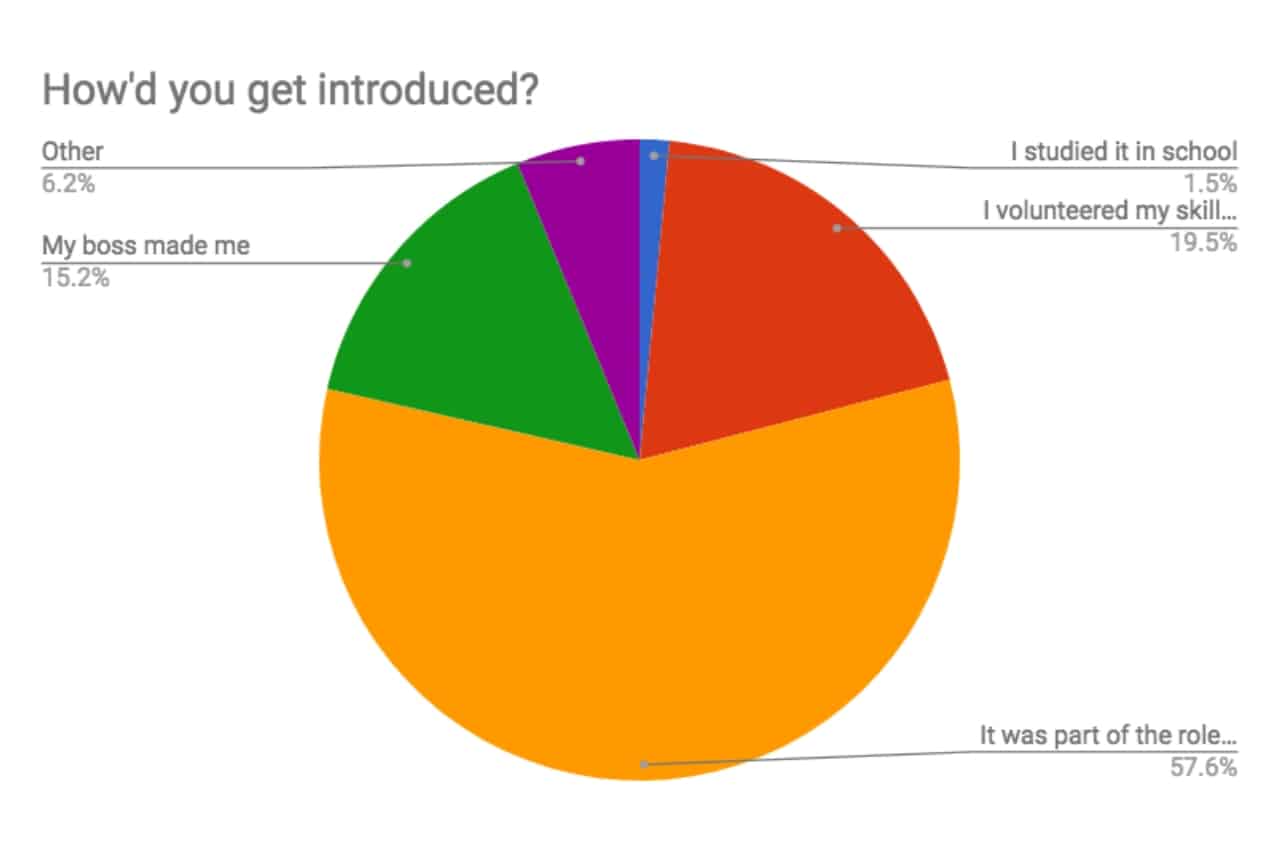
2018 Email Industry Conditions
Wondering what is going on in Email? We surveyed thousands of people in email to get their outlook, skills, teams, history, and strategies.
June 22nd, 2021
We’re still riding the wave of speculation from Apple’s Privacy Protection announcement made two weeks ago. In the past week, we’ve come across more than a dozen articles citing how the update this fall to iOS 15 and macOS Monterey will either kill off email marketing as we know it, will be a benefit to customer loyalty, or land somewhere in the middle. That’s a wide range of opinions, so here’s what we know and some ideas of what you should do about it.

We’re still riding the wave of speculation from Apple’s Privacy Protection announcement made two weeks ago. In the past week, we’ve come across more than a dozen articles citing how the update this fall to iOS 15 and macOS Monterey will either kill off email marketing as we know it, will be a benefit to customer loyalty, or land somewhere in the middle. That’s a wide range of opinions, so here’s what we know and some ideas of what you should do about it.
Essentially, what Apple is doing is creating a feature that stops senders from gleaning information from those big brother tracking pixels that are inserted into their emails (either by choice or be default). In the words of Apple’s snappy PR team: “The new feature helps users prevent senders from knowing when [users] open an email, and masks their IP address so it can’t be linked to other online activity or used to determine their location.” This is done by automatically loading the content of the email once it is delivered to Apple Mail, which ultimately means that opens and IP address will be useless because it isn’t tied to the individual. But that also means that time stamps, forwarding, device identifiers, and even live content (like the cool countdown timers we use) will become useless too.
Since we can remember, people have been saying that email is dead. For those who still believe that lie, the Apple Mail update is going to be the nail in the coffin because marketers will no longer know who opened the email. Their logic follows the line that everything is tied to opens, stating that if you don’t receive open information, then:
There’s merit to what they say. We know that the data is very clear: to maintain great inbox placement, you must only send to the subscribers who will engage with you and stop sending to people who don’t. For newsletter-only publishers, who run 100% on read rates and not clicks (because all of their content is within the email), this will be very difficult for them to swallow. They are not accustomed to getting other actions out of their readers other than getting them to open it. This will be a shift in how their business outcomes are valued.
Even worse than those are spam traps. Spam traps are email addresses that don’t belong to real people but instead are used by inbox filters and blocklist providers to find senders who aren’t following best practices. Since the best way of finding a spam trap is by filtering out subscribers who consistently don’t open, keeping spam traps off your list will become very difficult.
Email is all about relationships, not open rates. Sure, open rates can tell you something about how effective your subject line copy skills are, but it doesn’t indicate how successful you are with connecting with your readers. Opens rates and list size are two metrics that are known as vanity metrics, and the new Apple Privacy Protection will force people and organizations to focus on:
When email creators focus on the myopic approach of opens, they miss the bigger picture and potential. When a sender optimizes for clicks, they need to continue to be valuable for the reader with every campaign. And that means that the emails that land in our inbox will continue to be ones that we want to engage with over time.
You have until at least September (when the update is likely to hit devices) to make some moves. If you are only looking at open rates, then take this time to jump into your other data like the ball pits of your childhood. Here are some things to start doing now:
Categories:
TrendsDive into the world of unmatched copywriting mastery, handpicked articles, and insider tips & tricks that elevate your writing game. Subscribe now for your weekly dose of inspiration and expertise.